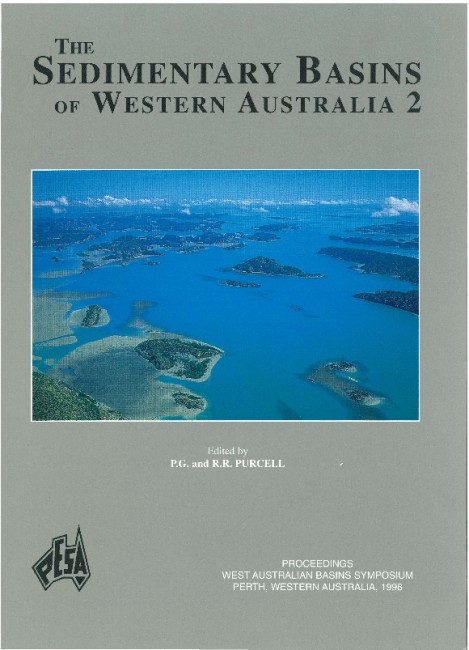Publication Name: The Sedimentary Basins of WA
Authors: M. Lisk, M. P. Brincat, P. J. Eadington and G. W. O'Brien
Publication Volume: 2
Date Published: December 1998
Number of Pages: 28
Reference Type: Book Section
Abstract:
A comprehensive examination of hydrocarbon charge history has been completed for the central Vulcan Sub-basin, Timor Sea. Analyses on thirteen hydrocarbon discoveries and evaluation of thirty five plugged and abandoned wells have revealed that oil fields were once more widespread. The Jabiru, Skua, Swift and Cassini oil fields all had significantly different palaeo-oil water contacts (OWC) to those observed at the current day, with volumes of palaeo-oil in place as much as twice that presently reservoired. Most fields show evidence for a alaeo-gas cap which indicates an early gas charge prior to oil accumulation. At Skua, the original OWC is inclined, probably reflecting modification of the trap by northwesterly tilting subsequent to initial hydrocarbon charge.Many of the gas fields contained oil columns prior to gas charge. Considerable potential exists in the Oliver
and Swan fields for down-dip or displaced oil legs. A thin oil accumulation at Bilyara is volumetrically small, though the absence of evidence for a palaeo-oil column at the top of the structure does support the presence of an early gas charge. The lack of evidence for prior oil accumulation in the Pengana and Delamere fields could reflect isolation from oil prone source rocks or filling of these structures with this early gas charge.
Overall, the technical success rate in the region, based on known oil accumulations, is a respectable one in nine, though this falls to about one in twenty-four for commercial fields. However, this study has delineated an additional eight residual oil columns in seven (presently) water-wet traps, thereby raising the original oil charge rate for the area to about one in four. Exclusion of the fourteen wells which failed to test a valid structure makes the original oil charge rate about one in three. Palaeo-oil columns range in height from a few metres to more than 200 m, exceeding 30 m at Eclipse, East Swan, Octavius and Osprey.


